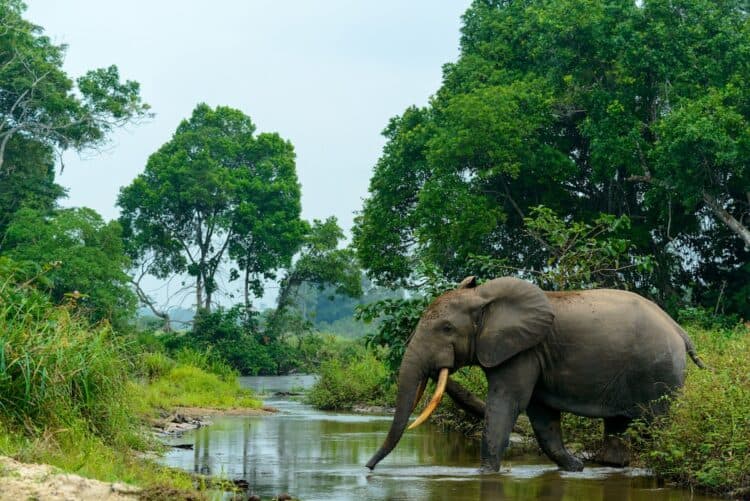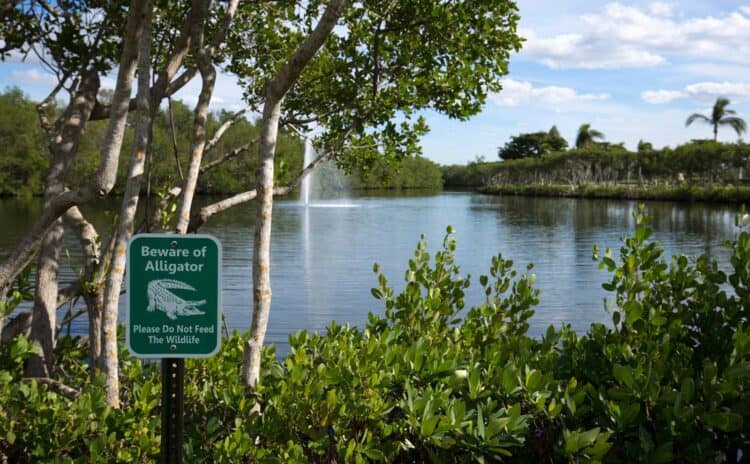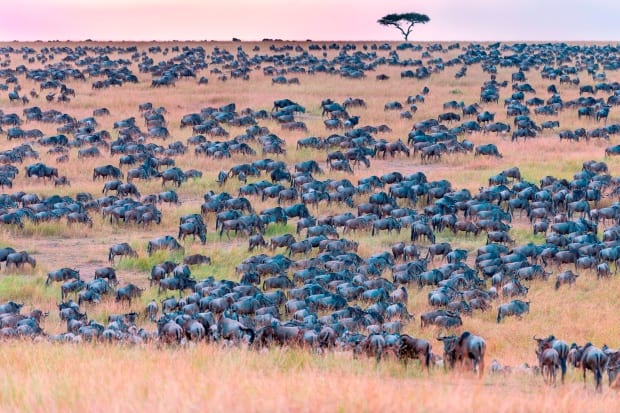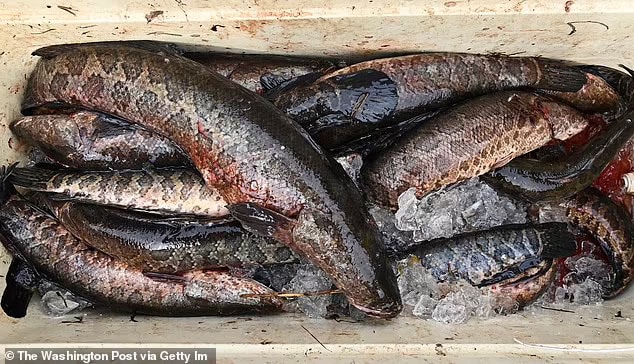The UK’s managed shoot industry, which sees millions of pheasants raised and shot every year, has received support from an unexpected quarter.
In a blog published on the website of the Royal Society for the Protection of Birds, its conservation director Martin Harper has praised the role of managed shoots in protecting wildlife.
“The contribution progressive shoots can make to supporting threatened wildlife is significant, and we are delighted to help them further,” Harper wrote. “This isn’t a contradiction. We simply do whatever nature needs and will work with anyone that wants to help wildlife.”
His views might come as a surprise to some of the RSPB’s 1.1 million members, who would have been persuaded by its original pledge “to discourage the wanton destruction of birds”; they would equally have been a surprise to the RSPB’s detractors in the shooting world.
Advertisement
“It’s too simplistic to say that the RSPB is anti-shooting because that’s wrong,” Harper told the Observer. “It’s more sophisticated than that. We are ready to work with landowners and farmers to look after farmland wildlife.”
Harper argues that the RSPB has been misunderstood, pointing out that it has always been neutral on the ethics of shooting birds.
“Our charitable objectives are all about the conservation of species,” he said. “We are not an animal welfare organisation. Our primary interest is stopping common species becoming rare. We don’t really have a mandate for the conservation of non-native species.”
In his blog, Harper argued that managed shoots could “provide beneficial habitat management for wildlife”, including woodland sky-lighting, planting cover crops and creating conservation headlands. He quoted figures from the Game and Wildlife Conservation Trust showing that shoots create or maintain 7,000 hectares of hedgerows and 100,000 hectares of copses.
Native to Asia, Phasianus colchicus arrived in the British Isles around the 10th century, disappeared in the 17th century and returned 200 years later, since when the exotic visitor has been bred and hunted with metronomic regularity.
Advertisement
The British Association for Shooting and Conservation professed itself happy that the days of disagreement were disappearing. “When organisations are prepared to put evidence before opinion and long-term conservation goals before short-term politicised campaigning, then there is much common ground to be found,” said BASC spokesman Simon Clarke.
Despite the fence-building between the two sides, they are still divided by many issues, not least the fate of the pheasants that survive the shoot. The RSPB says that 50 million pheasants survive and are released into the countryside every year, an exercise that Harper describes as “a great experiment”; the BASC puts the figure at 35 million.
Rob Yorke has a foot in each camp. The rural commentator and nature surveyor is a member of both the RSPB and the BASC, and an advocate for what he terms the “unfashionable middle ground”.
“It isn’t a wildlife-human conflict,” he argues, “it’s a human-human conflict. Protagonists from both sides are going at each other and the loser is biodiversity. We all need each other. The conservation organisations need farmers to carry on running the shoots because that will deliver the widest amount of biodiversity across the countryside. The NGOs have to keep trying to work with farmers, but the farmers have to trust them and trust that they are not out to get them, and to let them on to their land.”
Gamekeeper Tim Boxall looks wistful. Gazing across the woodland he rents in Gloucestershire, he is envisaging wild pheasants roaming across the land. “If you get a wild brood of pheasants, you look at them and you think, well, that’s lovely.” Then he turns to business. “If there wasn’t any shoots and gamekeepers the pheasants would die out. It’s no different to farming: you breed them and then people come and harvest them.”
Marlow, who as a self-employed gamekeeper is something of a rare bird himself, raises 10,000 pheasants each year on the 600 acres he rents in Gloucestershire. By the end of the four-month shooting season on 1 February, he had hosted 25-30 shooting parties, each made up of eight “guns”, and 30% of the pheasants were shot. He gestures with enthusiasm at the byproducts of the shoot.
“This bramble and this grass coming through, that’s lovely now,” he says. “It’s good for me, good for the wildlife, good for everything.” He lists the songbirds he finds on his land: blue tits, yellowhammer, blackbirds. In among the ash and beech are snowberry bushes he has planted to provide shelter for the pheasants and, coincidentally, other wildlife. “This wood has been thinned by 50%. Otherwise it would be a dark wood, but we thinned it to create the cover. Gamekeepers are good for the countryside. Someone has to be in control of it because if not the strongest will take over.”
We invite you to share your opinion whether shooting pheasants is good for the countryside. Please vote and leave your comments at the bottom of this page.
This article was first published by The Guardian on 30 Mar 2015. Lead Image: RSPB said the impact of managed shoots could be ‘very positive’ Photo: Alamy







Leave a Reply